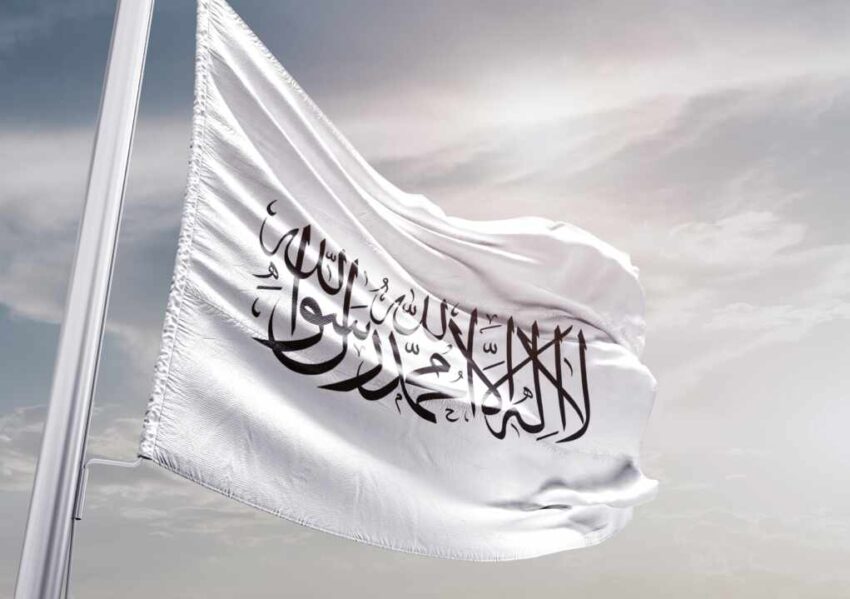Afghanistan’s Taliban regime is promoting a surge in foreign tourism as proof of stability, while critics warn it masks severe repression, especially against women.
At a Glance
- Foreign visitors rose from 691 in 2021 to nearly 9,000 in 2023
- Taliban promotes tourism to boost revenue and project legitimacy
- Female travel influencers share positive images that contrast with Afghan women’s lived reality
- International advisories continue to warn of terrorism, kidnapping, and wrongful detention risks
- Rights groups caution tourism push may whitewash ongoing abuses
Tourism Growth Under Taliban Rule
Since regaining control in August 2021, the Taliban have sought to reshape Afghanistan’s image by encouraging foreign tourism. Official data indicates visitor numbers climbed from under 700 in 2021 to nearly 9,000 in 2023, with an additional 3,000 arrivals in early 2024. The Ministry of Information and Culture actively promotes scenic and cultural attractions, hoping to offset lost foreign aid and diversify revenue streams.
Afghan tour operators now offer itineraries tailored to “adventure tourists” seeking off-limits destinations. Many participants document their trips on social media, highlighting landscapes, markets, and hospitality. The Taliban leverage such content, particularly from foreign visitors, to suggest stability and openness. However, security agencies including the U.S. State Department and UK Foreign Office maintain top-tier travel warnings, citing persistent risks of terrorism, kidnapping, and wrongful detention.
Watch now: Afghanistan Tourism Surge Under Taliban Rule · YouTube
Influencer Portrayals Versus Domestic Reality
A growing number of travel influencers—among them young Western women—have become prominent in online portrayals of Taliban-controlled Afghanistan. These visitors are often escorted by official minders and featured in controlled settings, projecting an image of safety and cultural openness. In stark contrast, Afghan women face sweeping restrictions on education, employment, and movement without a male guardian.
Human rights organizations, including the United Nations Assistance Mission in Afghanistan (UNAMA), caution that such curated depictions obscure the daily realities for Afghan women and girls. Afghan activists, such as journalist Zahra Joya, argue that the regime’s selective hospitality toward foreign women is part of a calculated public relations strategy aimed at distracting from ongoing rights violations and appealing to international audiences.
Economic and Political Motives
The Taliban’s tourism drive is partly an economic measure. With foreign aid drastically reduced and sanctions limiting financial channels, the regime is seeking new revenue sources. Industry estimates placed tourism receipts at roughly $167 million in 2023, though the sector remains volatile due to poor infrastructure, active insurgent threats, and Afghanistan’s low safety rankings in international assessments.
International travel firms remain wary, with most insurance providers and tour agencies adhering to official security advisories. Human rights organizations warn that increased tourist traffic—while modest in economic terms—could serve to normalize the Taliban’s governance model abroad. Amnesty International and Human Rights Watch stress that this form of “soft diplomacy” risks diverting attention from systemic human rights abuses.
Broader Implications for Perception and Policy
Critics contend that the Taliban’s tourism push illustrates how authoritarian governments can use selective international engagement to bolster legitimacy without addressing internal repression. While visitors can leave with curated memories and photographs, Afghan citizens—particularly women and minorities—continue to face severe restrictions.
Observers note that unless international engagement is paired with sustained pressure on human rights issues, such tourism may inadvertently strengthen the regime’s position. The Afghan case underscores the tension between economic interaction and advocacy for fundamental freedoms, particularly in states where image management is used to counter global criticism.
Sources
Click this link for the original source of this article.
Author: Editor
This content is courtesy of, and owned and copyrighted by, https://thecongressionalinsider.com and its author. This content is made available by use of the public RSS feed offered by the host site and is used for educational purposes only. If you are the author or represent the host site and would like this content removed now and in the future, please contact USSANews.com using the email address in the Contact page found in the website menu.








